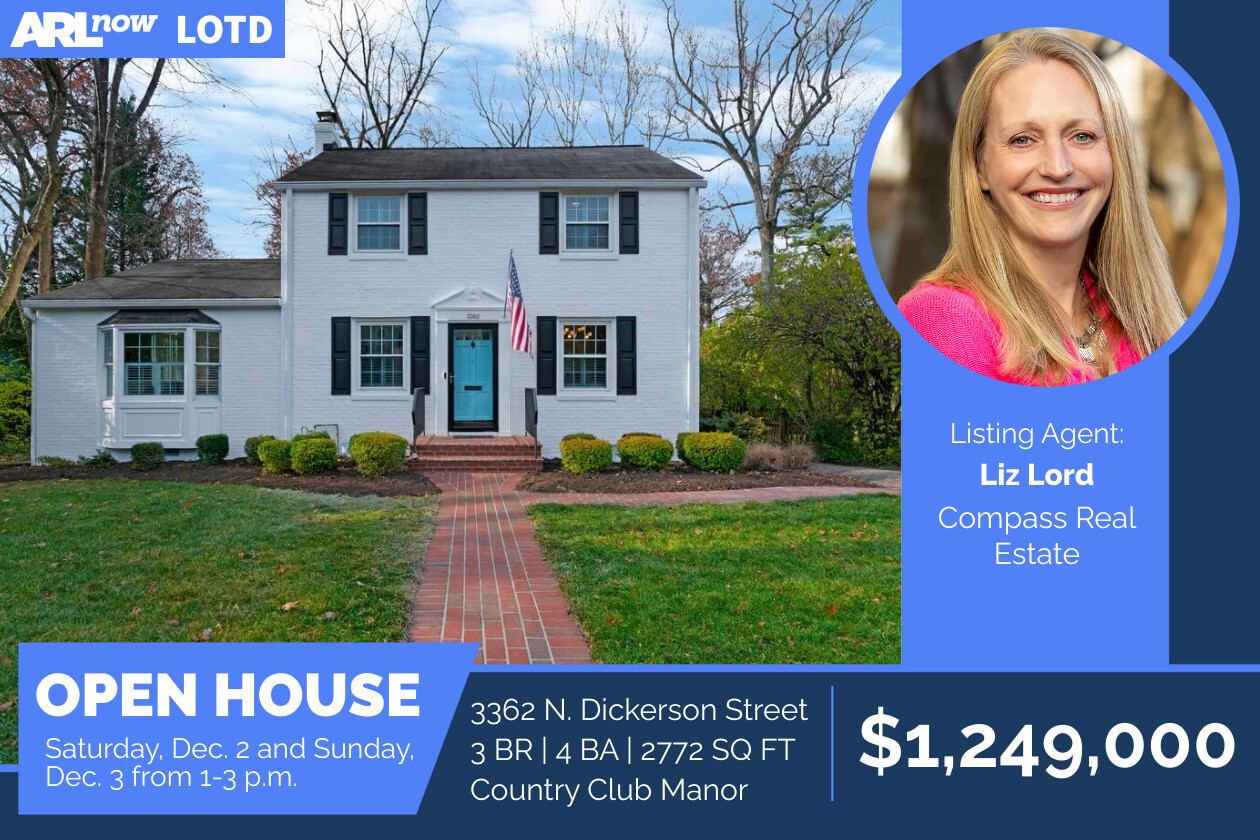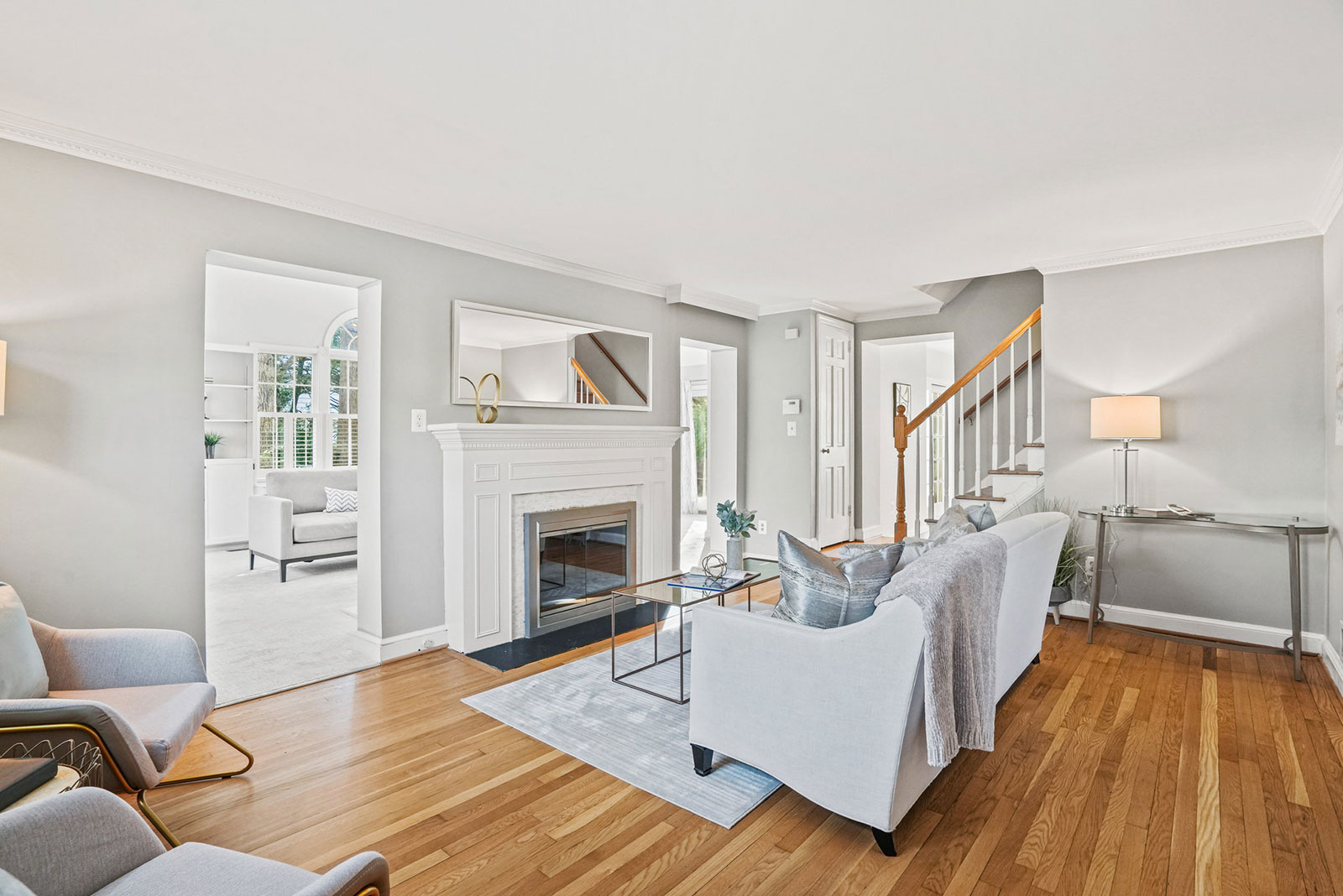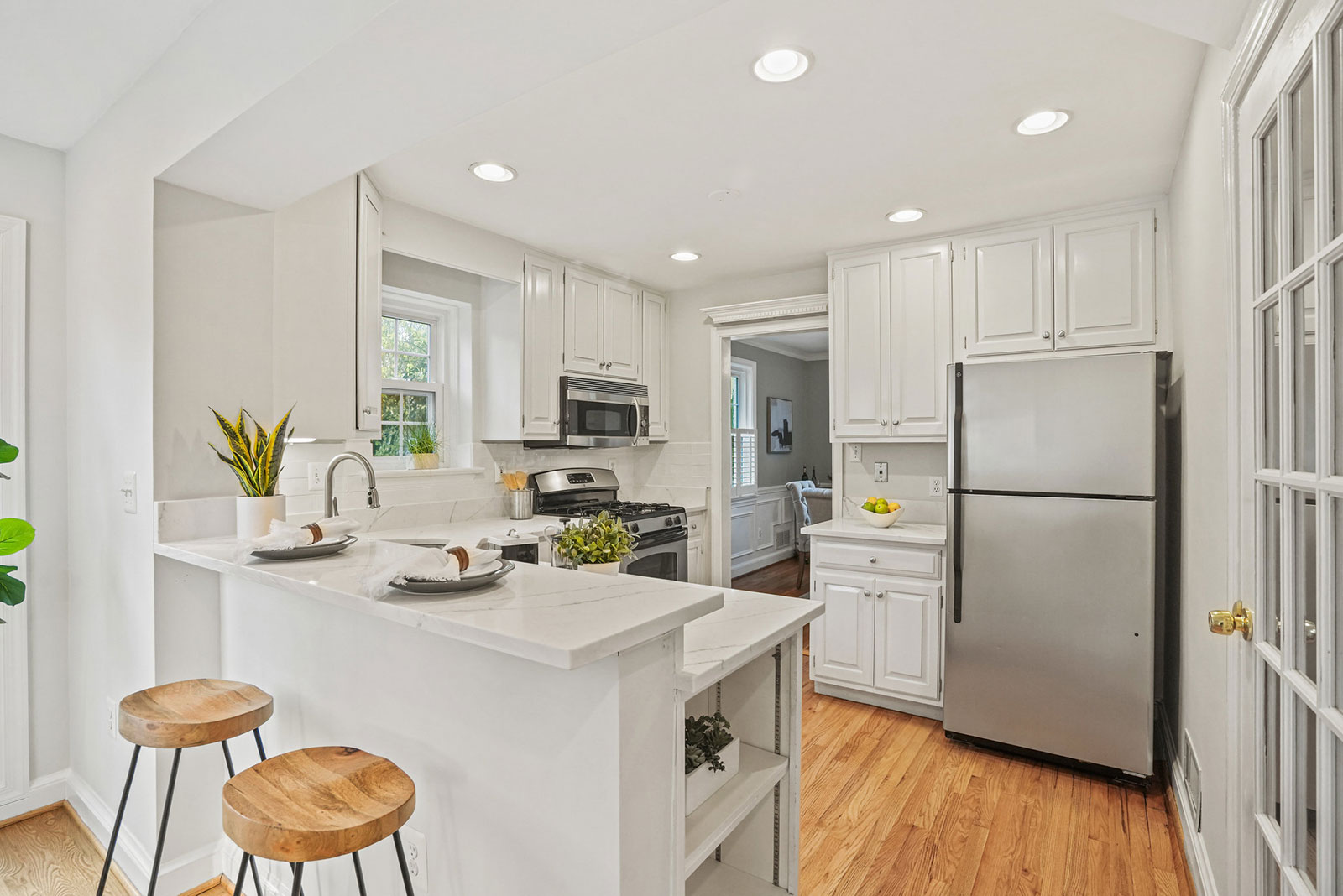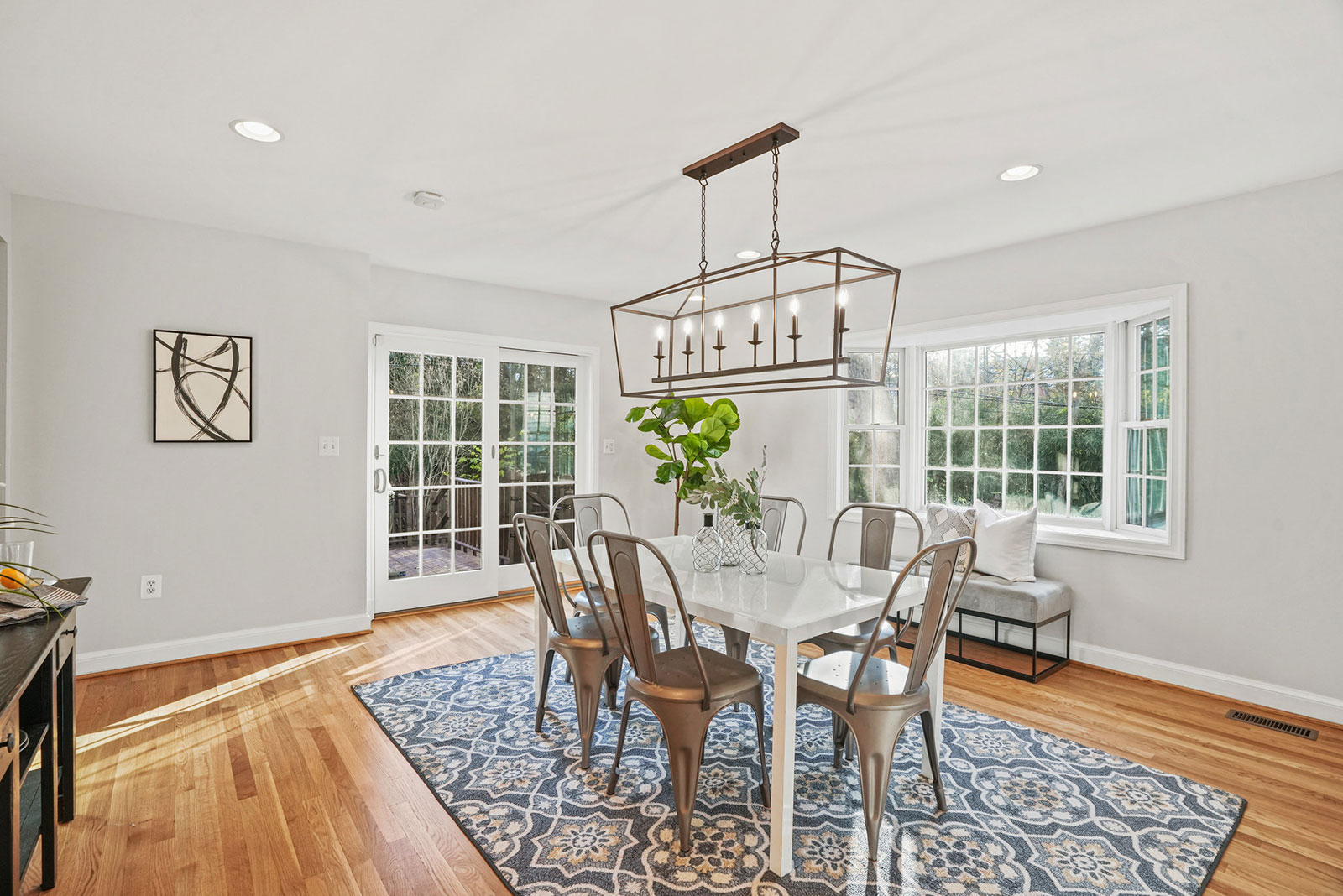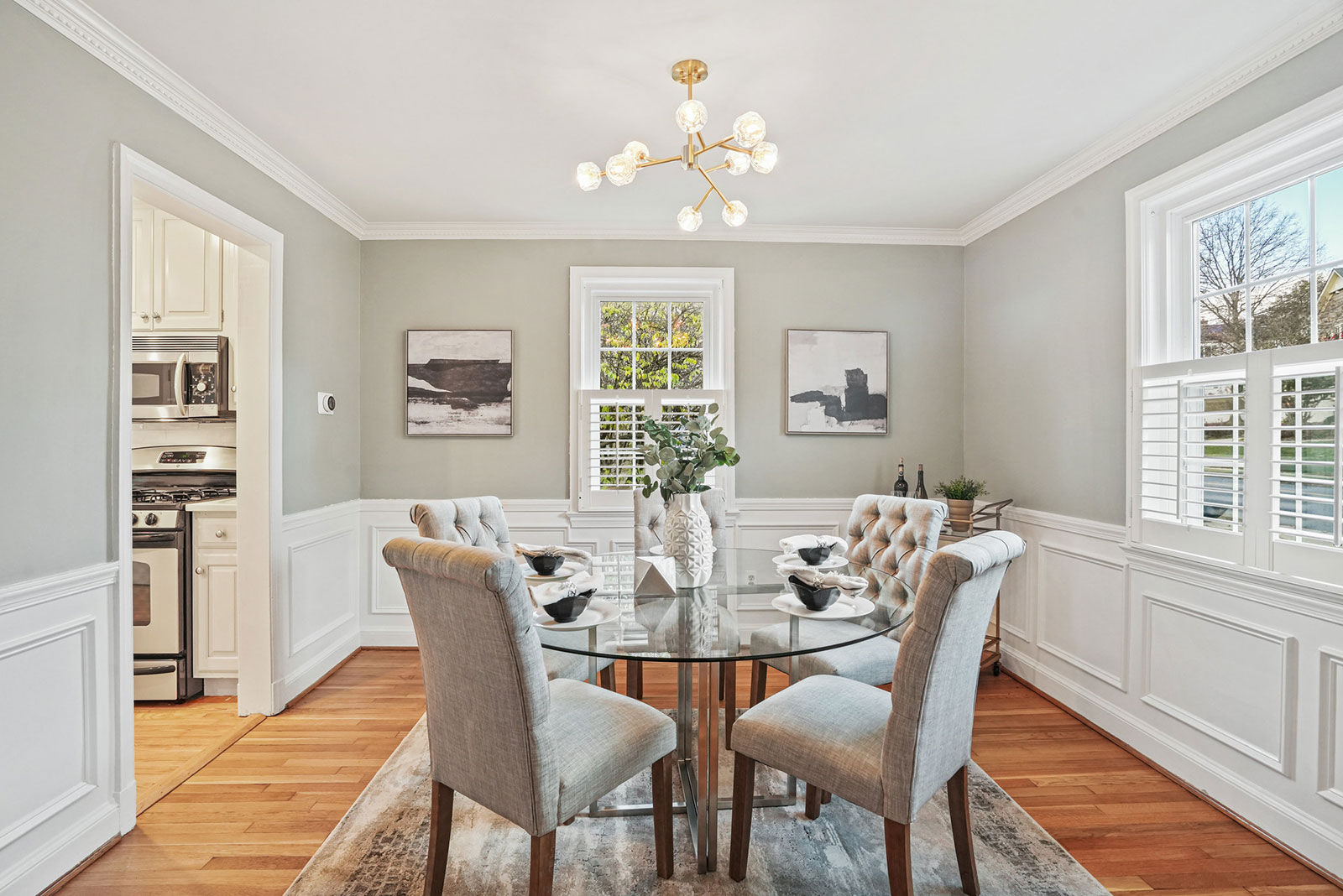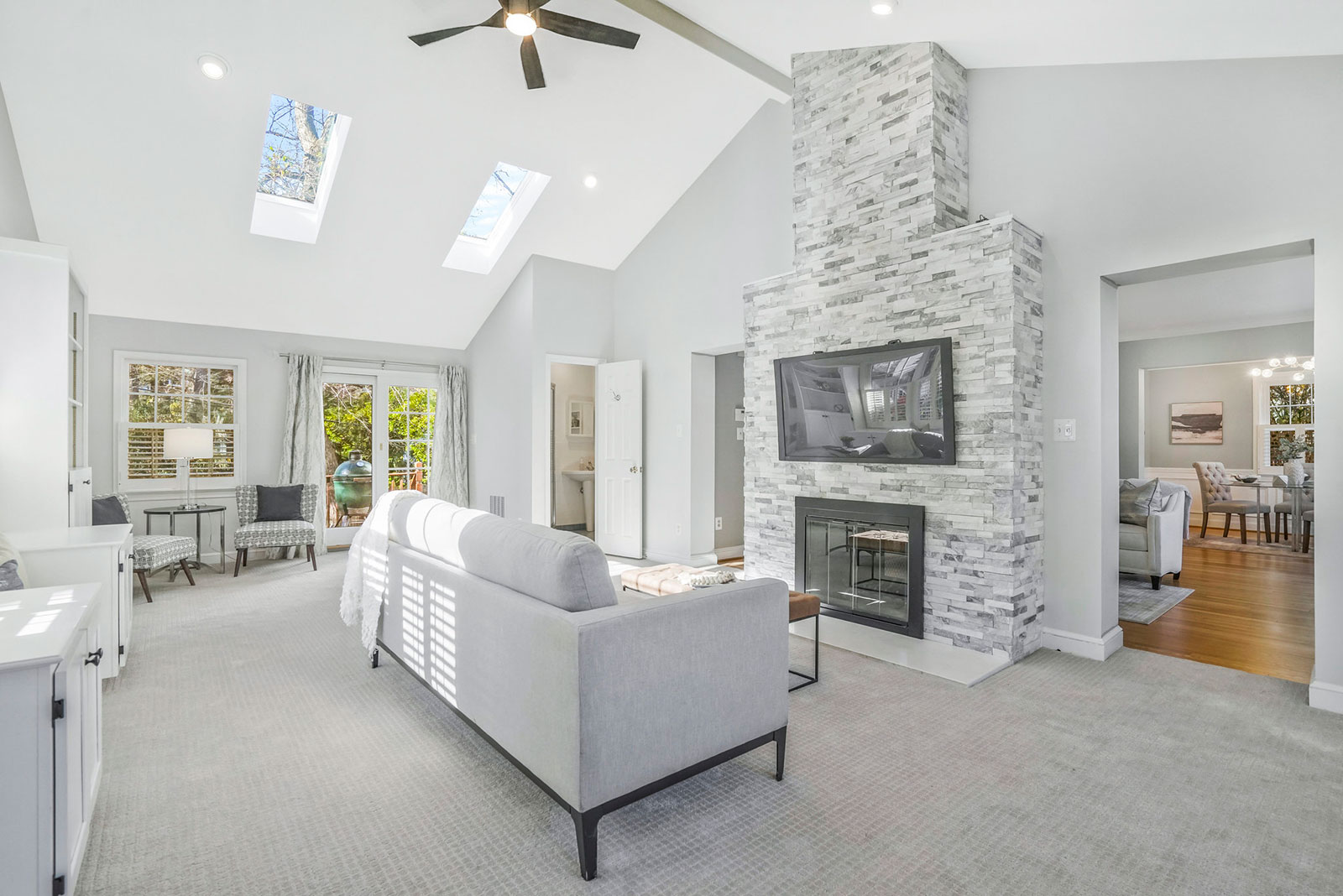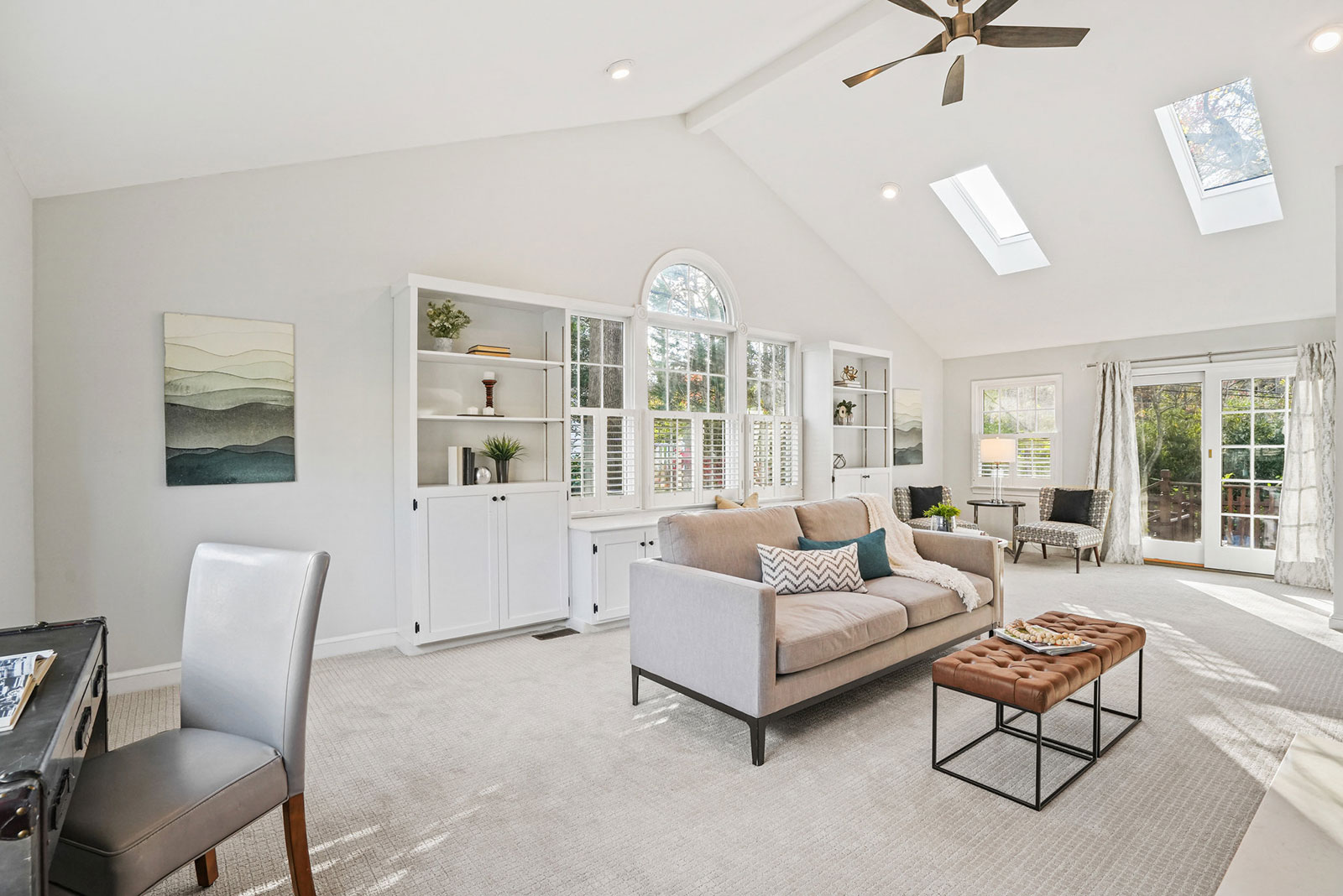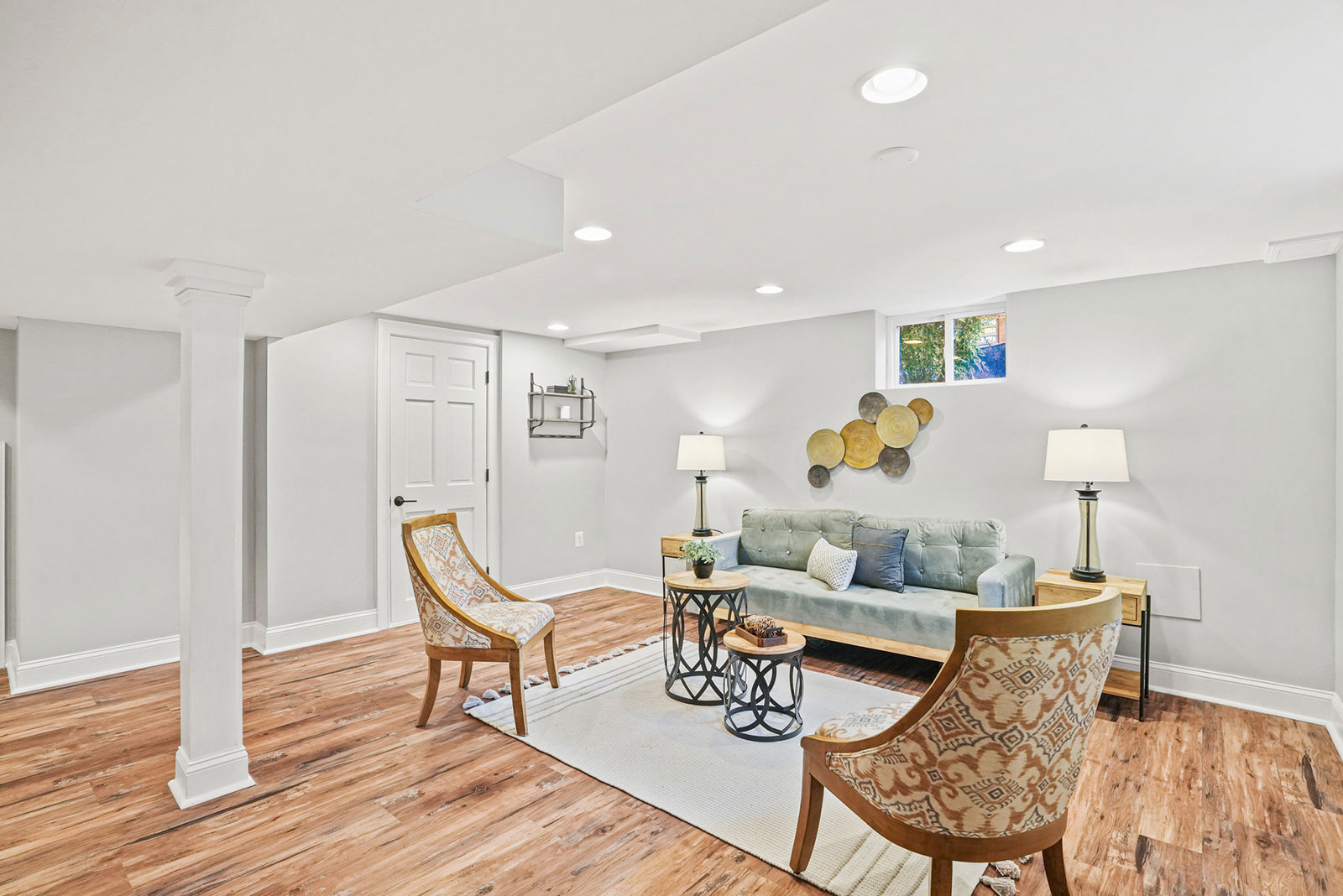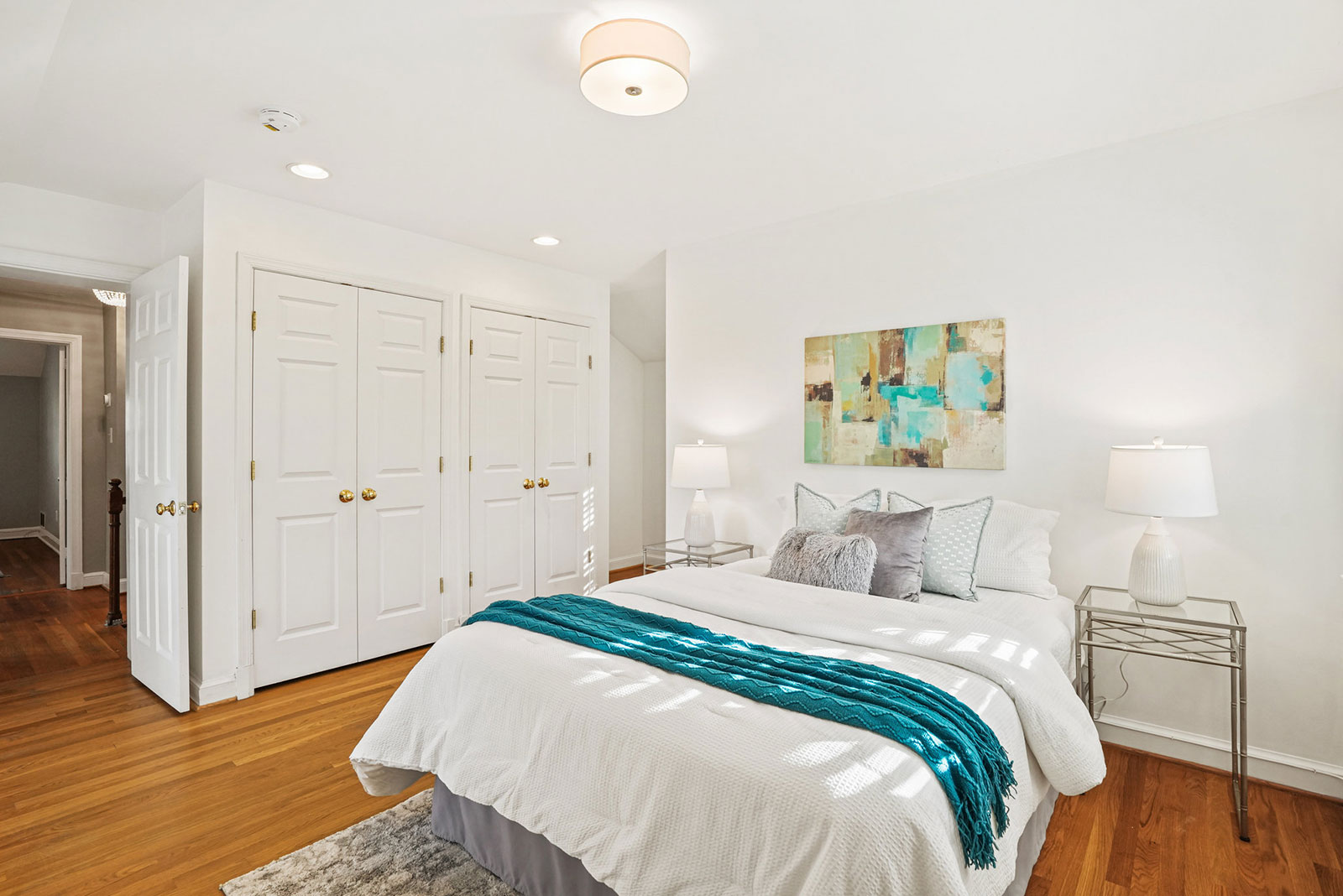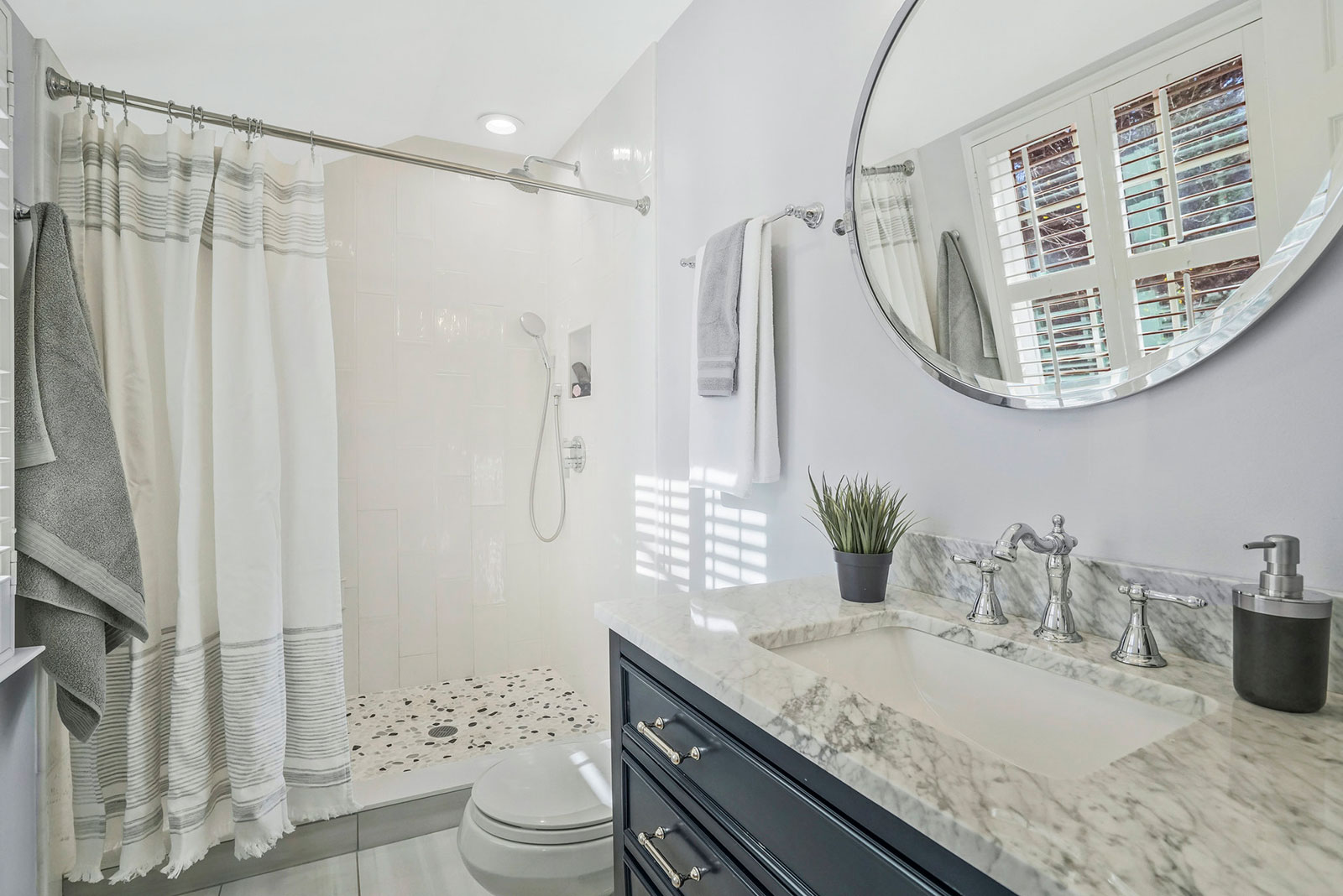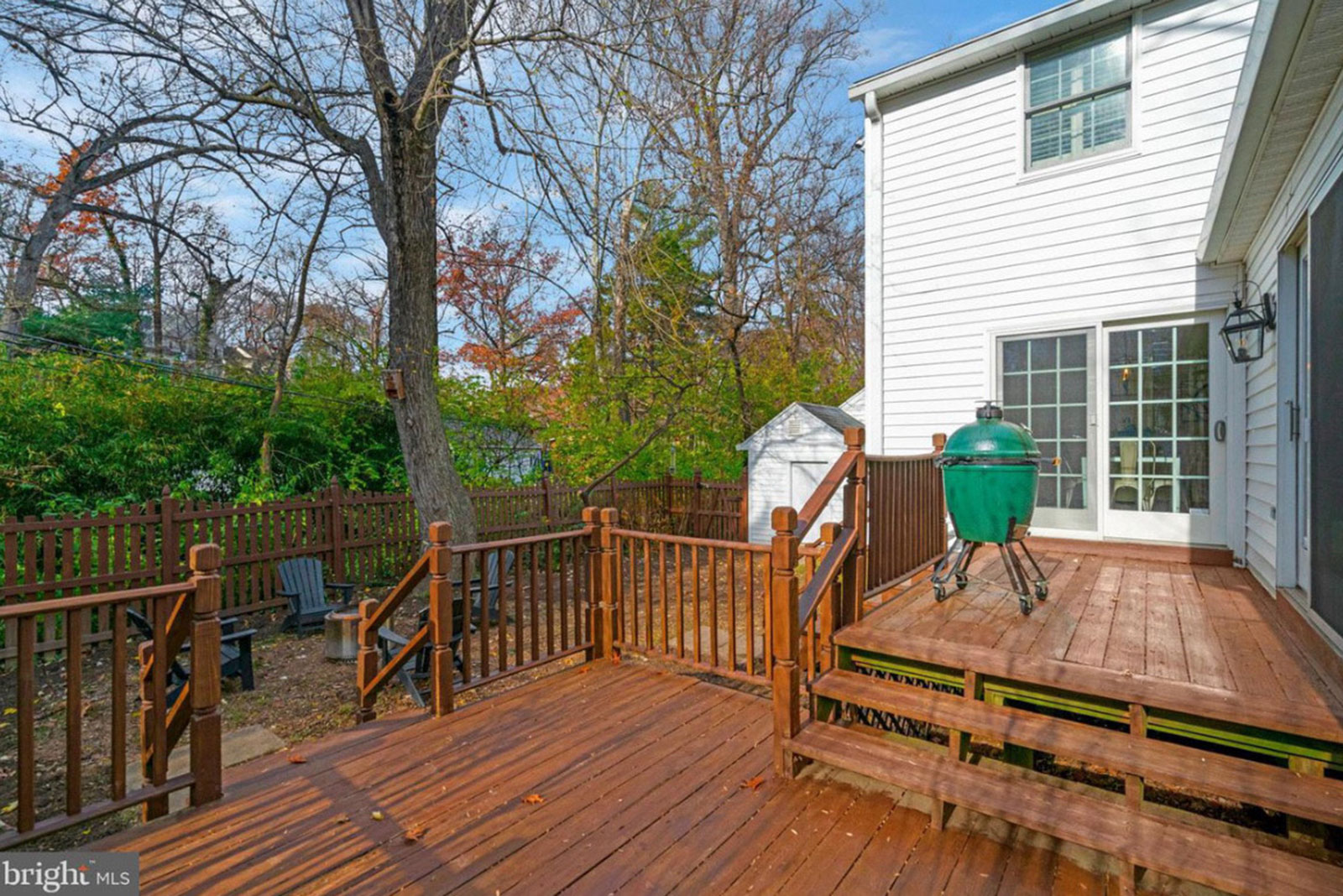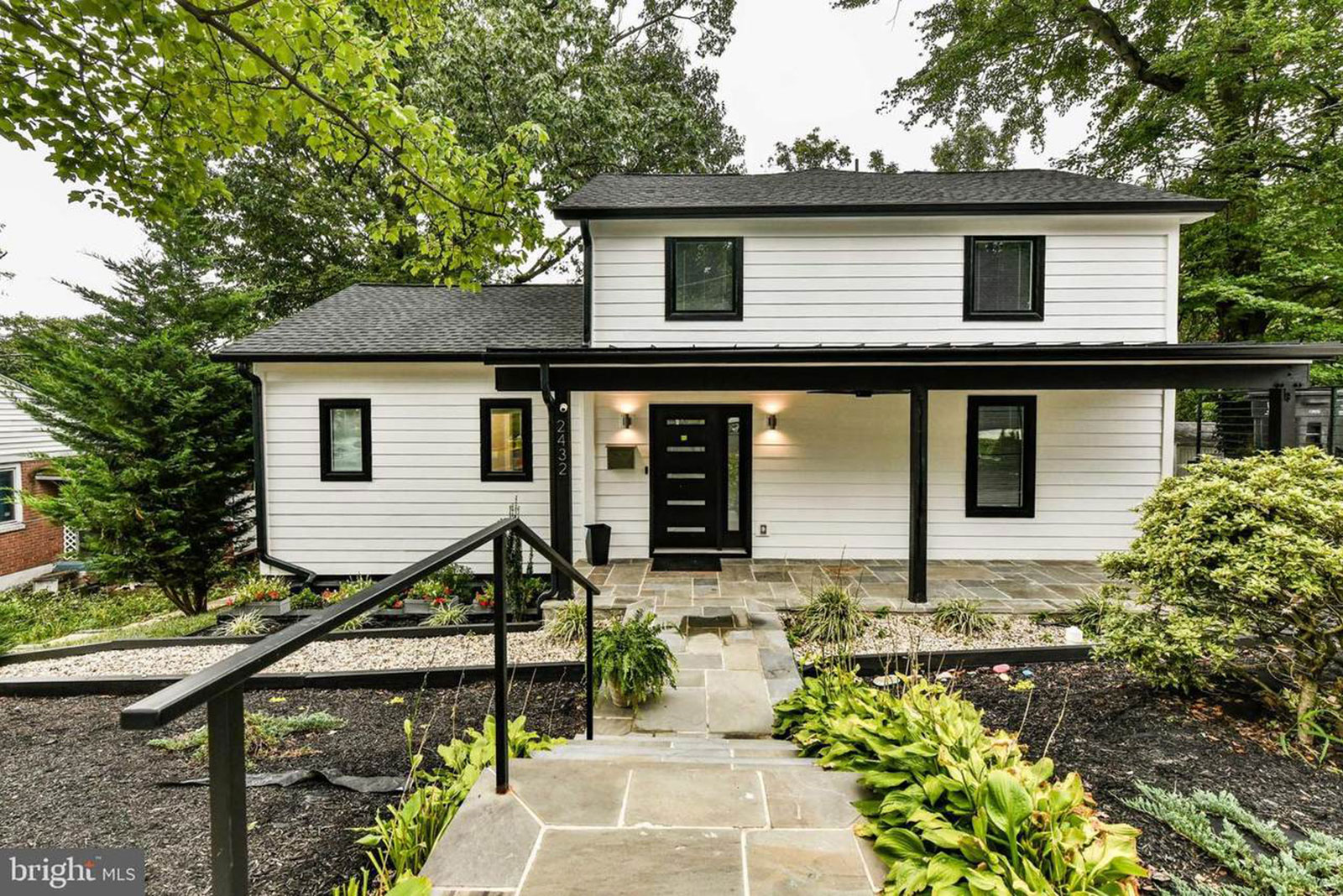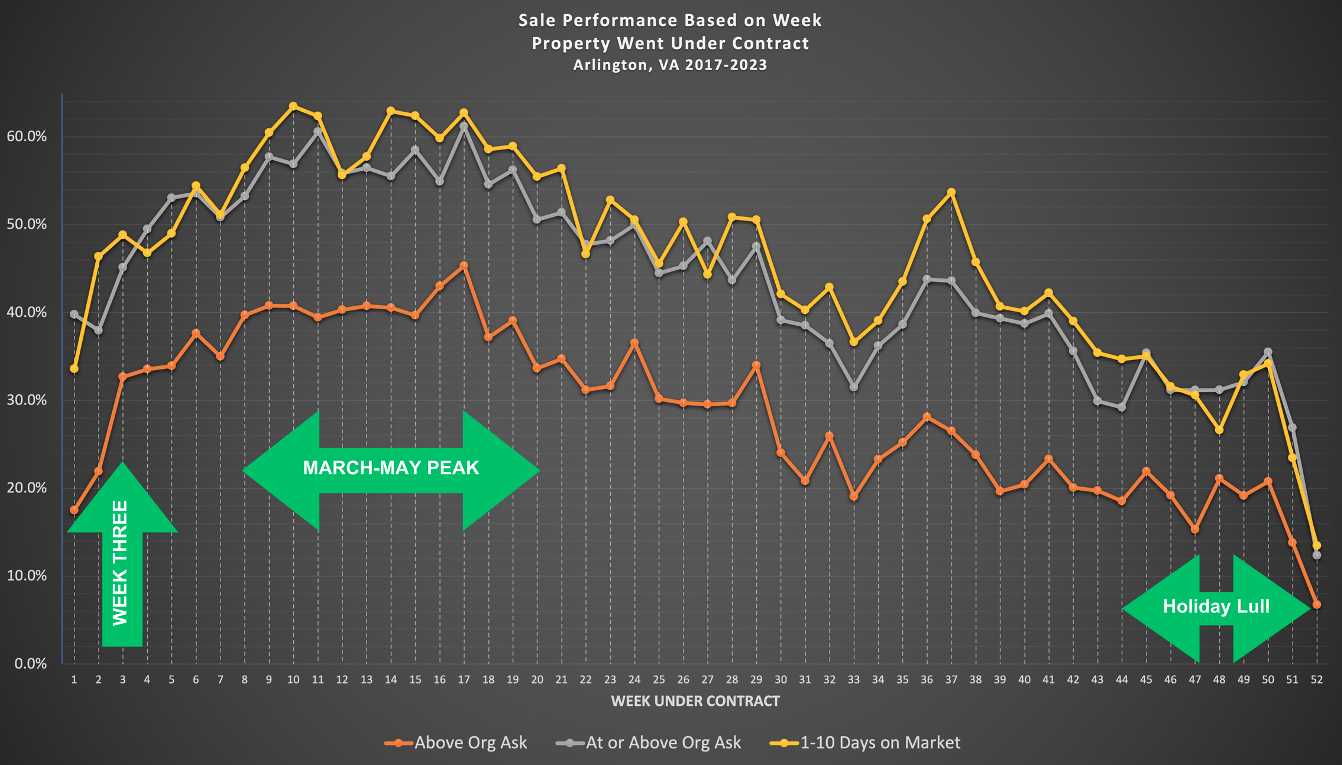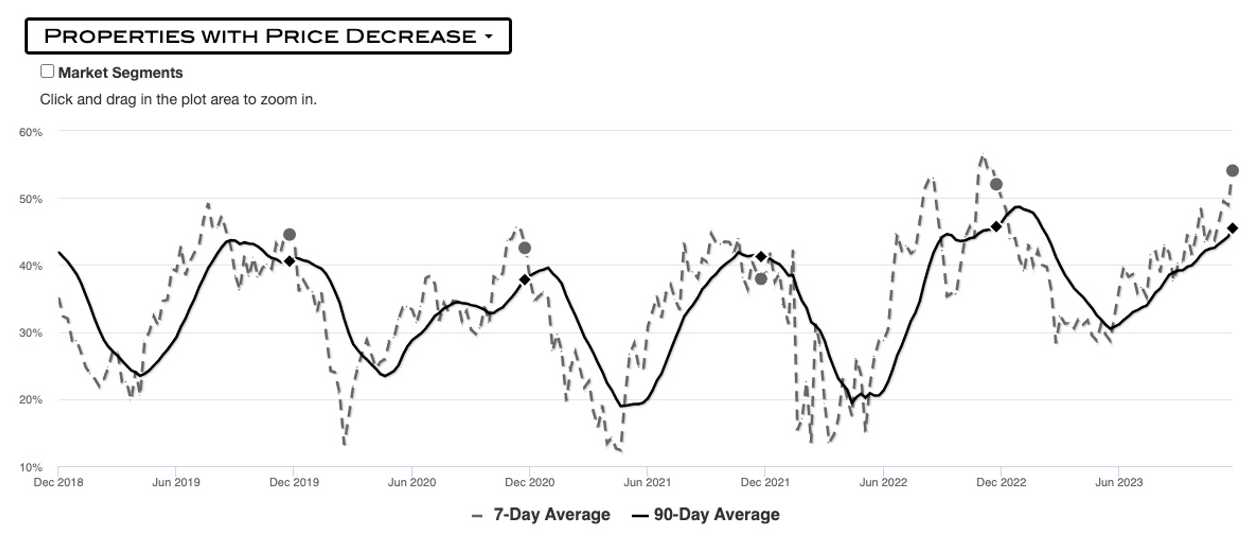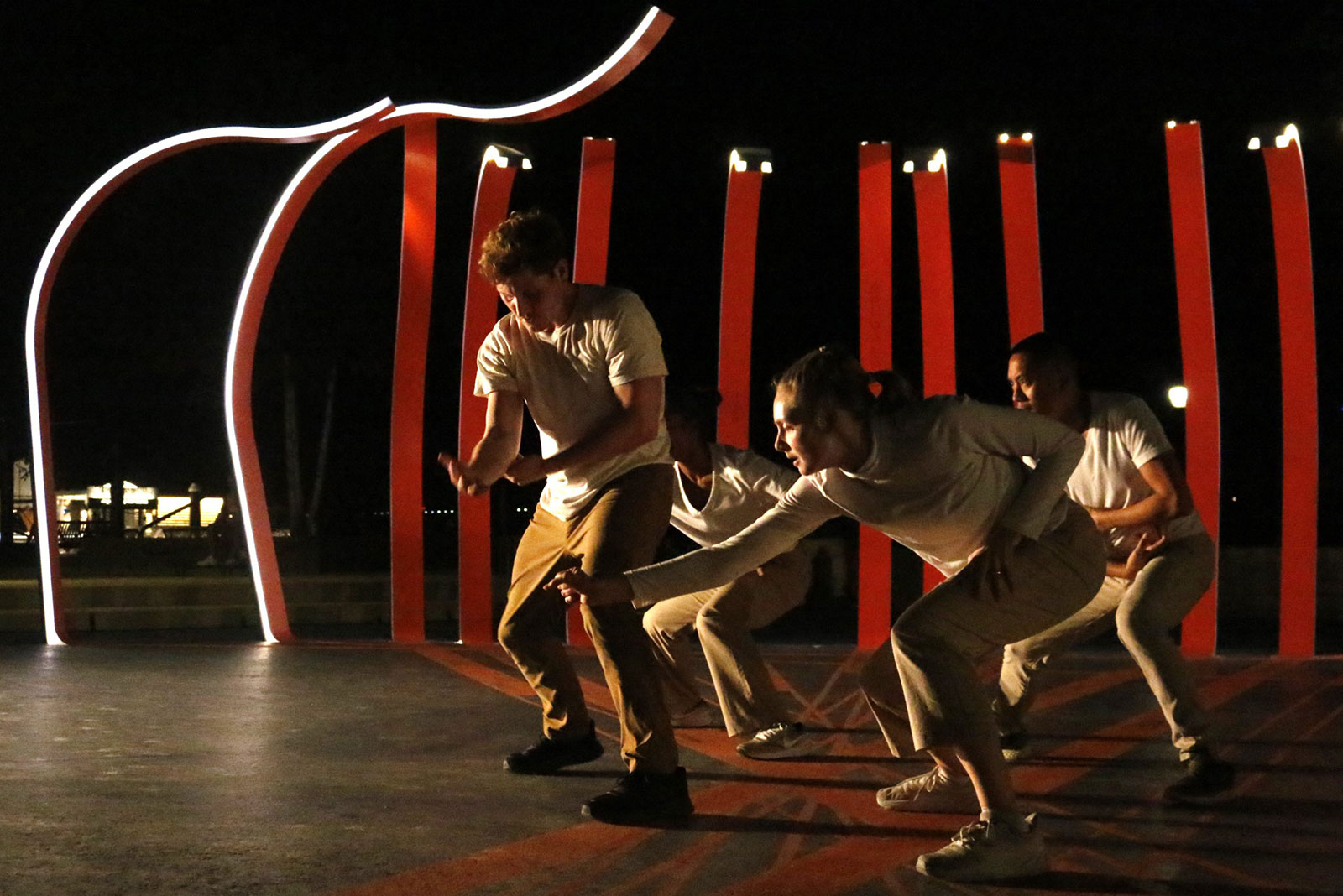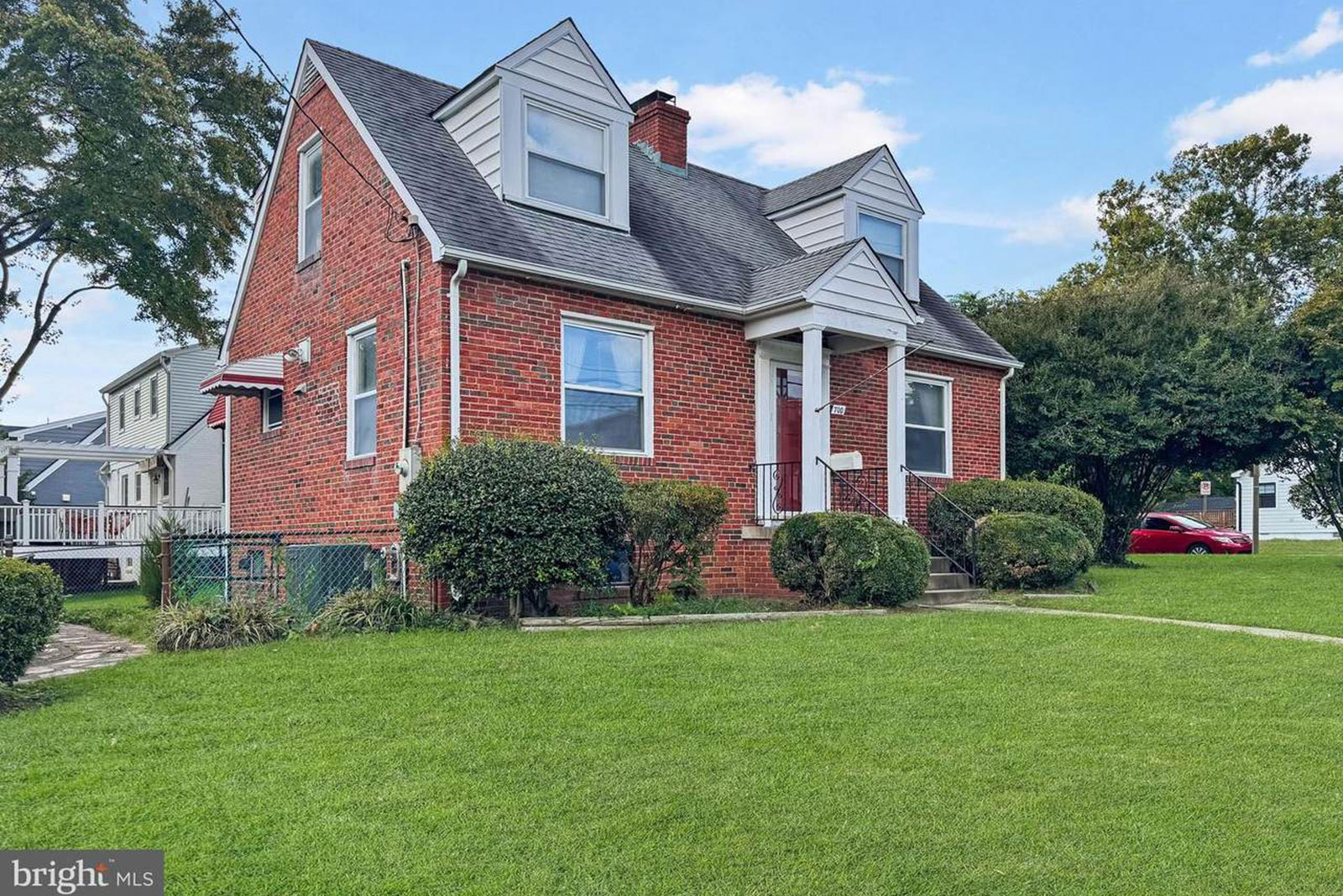This regularly scheduled sponsored Q&A column is written by Eli Tucker, Arlington-based Realtor and Arlington resident. Please submit your questions to him via email for response in future columns. Video summaries of some articles can be found on YouTube on the Eli Residential channel. Enjoy!
Question: Do you have any tips for things to look for when purchasing a home with young kids or kids on the way?
Answer: I’ve been looking for some good ways to introduce some of the fantastic agents I work with at Eli Residential Group and this is a perfect topic for Jean Ropp, mother of a vivacious two year old and her second baby boy on the way! Jean and I have worked together for 3+ years and has been a valuable resource to many of our clients.
She and her husband Matt lived in Arlington for a number of years before buying a townhouse in the Autumn Chase Hunt HOA, right next to Kingstowne in Alexandria, when they found out they were going to be parents. Her personal and professional experience makes her a great person to discuss what families with young kids or kids on the way should look for in a home. Take it away Jean!
As a mother of a 2-year-old and another on the way, I can confirm that when buying a home for your family, it’s not just about bedroom count, location and square footage, so I put together a list of ten things to look for when searching for a home with young kids (based on both personal and professional experience!)
Before you set your search criteria, it’s important to think realistically about your family’s timeline in your next home and determine projected range in the number of years you plan to live in there. Your criteria, budget, expectations, and strategy will likely vary significantly between a home you’re buying for the next 3-5 years and a home you’re buying for the next 15-20+ years. Once you have that range determined, I advise you to consider these things when thinking about your young children in the house:
1. Schools and Daycare: Think about how you will assess schools, not everybody values the same things from their schools. Some tools I use for public schools are greatschools.org and niche.com. Also consider if certain programs are important to you such as language immersion programs, Montessori curriculums, STEM focus, etc. For daycare searches, I recommend carelulu.com and touring the facilities in person ~12 months before you need care because many schools have long waitlists.
2. Safety: You can find good crime statistics at spotcrime.com and crimegrade.org.
3. Yard: Ideally a backyard that is private, flat, large enough for play, and fenced in is preferred (duh!) but this is generally very expensive in our area and can be tough to find in many neighborhoods, so achieving even one or two of these “dream yard” goals is a win. A nearby park or the HOA may have spaces like this that can help you achieve the outdoor functions you’re looking for and come at a much more achievable price.
4. HOA Amenities: Look for community amenities such as pools, playgrounds, tennis courts, trails etc. We spend a lot of our time at our HOA playground and the playgrounds nearby — I don’t know how we would fill our afternoons without it! Community amenities are also a great place to meet other young families in the neighborhood.
5. Lot Location: Try to avoid being directly on/next to a busy road or through street when possible both for safety (small children and pets) and noise (check noise with windows closed and open in kids’ bedrooms). Some roads are easy to tell if they’re busy or not, others you’ll need to keep an eye out for double yellow lines, MPH signs, and check a map to see if it connects traffic from two busy roads. Living near the front of a neighborhood will also result in more traffic passing through.
6. Walkability: Walkability means different things to different people. Walkability to restaurants, shops, and groceries can be very expensive around here but walkability can also mean neighborhood streets with sidewalks or being able to easily and safely reach a park or trail.
7. Storage: Kids accumulate A LOT of stuff of varying size — some indoor and some outdoor. And if you plan on having more than one kid, you may want to save clothes in storage to reuse. Check how much room you have in a garage with your car in it (many garages become storage, not car parking), look at attic access (can you get to it, does it have a pulldown), and look for any areas of the home with dead space where you can add shelving or other storage.
8. Kid-Friendly Floorplans: Try to find a home that allows your bedroom to be on the same floor as your children so you aren’t stumbling up and down steps in the middle of the night getting to a crying child for the fifth time. This area has many split-level layouts (multiple smaller sets of stairs), so be cognizant of this as you look through listing photos and floor plans online because it means more baby gates and difficulty for little ones to navigate the home.
9. Upstairs Laundry: From personal experience, having your laundry on the same level as the bedrooms is a game changer.
10. Windows: Big windows that extend close to the floor are a huge plus for those toddlers (and pets!) to watch the world.
Don’t hesitate to reach out to me at [email protected] or my cell at (781) 635-5530 for any follow-up questions, advice, or additional family-friendly resources I can share with you!
If you’d like a question answered in my weekly column or to discuss buying, selling, renting, or investing, please send an email to [email protected]. To read any of my older posts, visit the blog section of my website at EliResidential.com. Call me directly at (703) 539-2529.
Video summaries of some articles can be found on YouTube on the Eli Residential channel.
Eli Tucker is a licensed Realtor in Virginia, Washington DC, and Maryland with RLAH Real Estate, 4040 N Fairfax Dr #10CA



